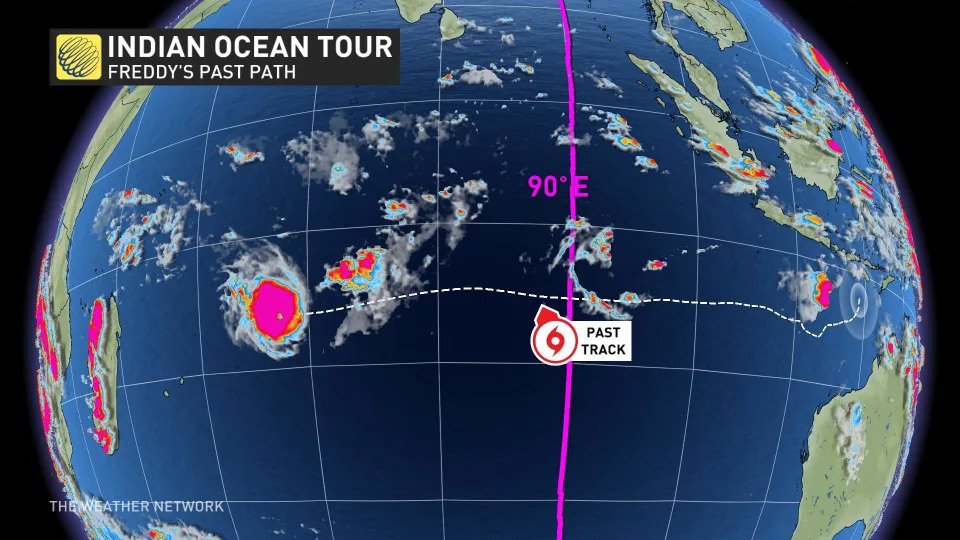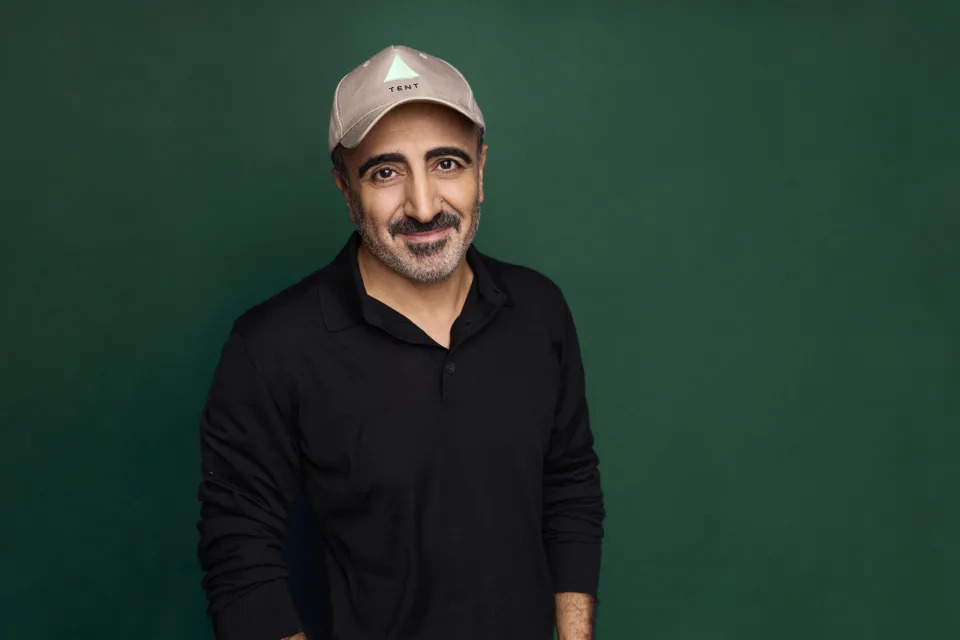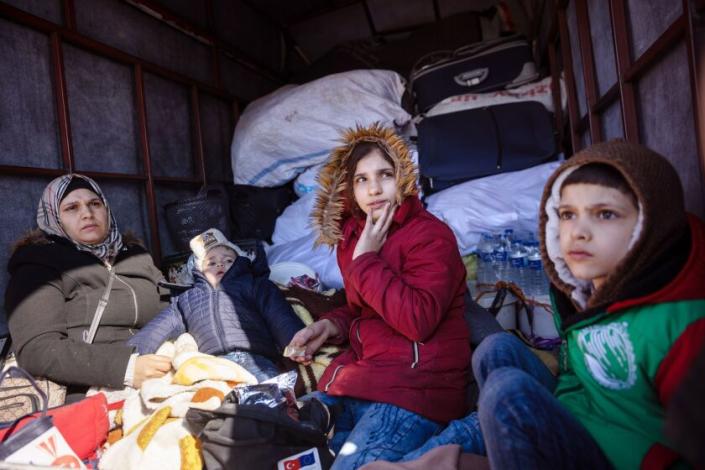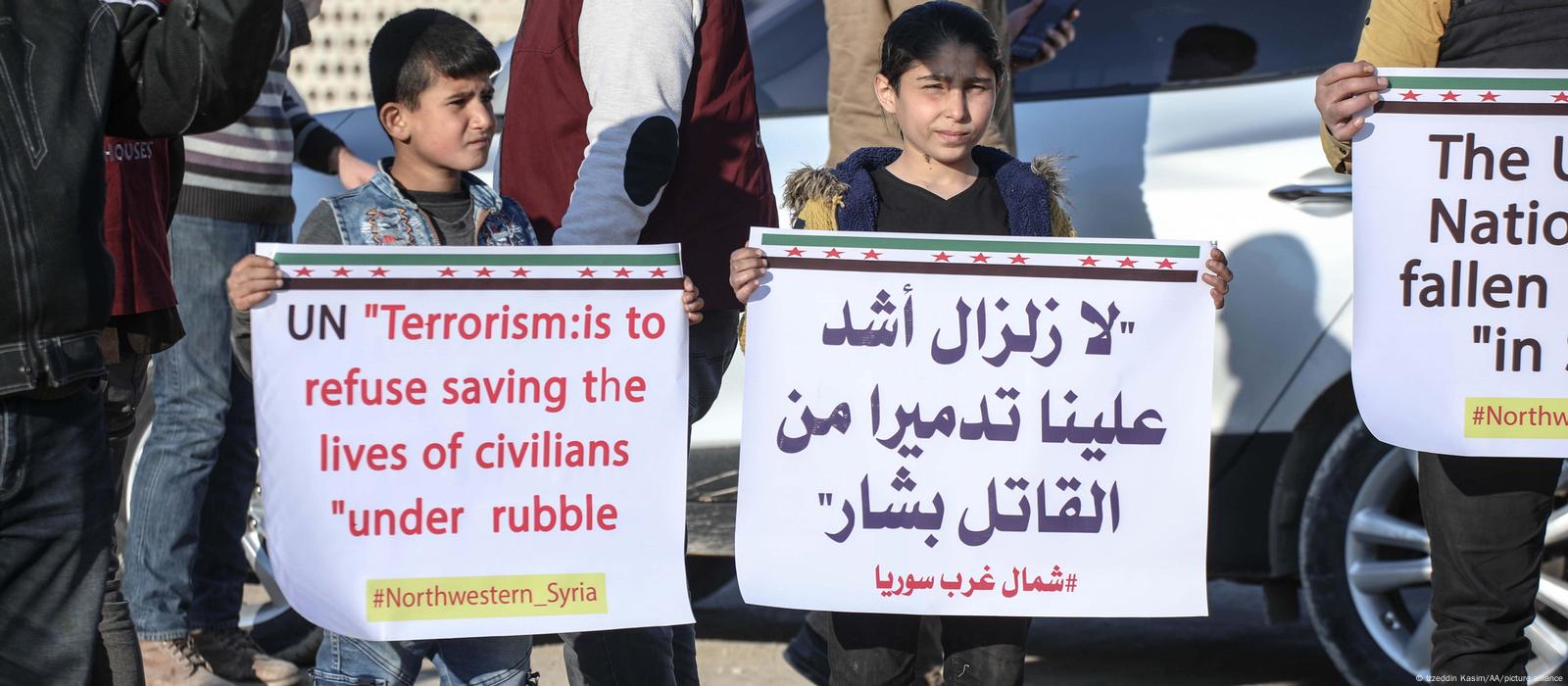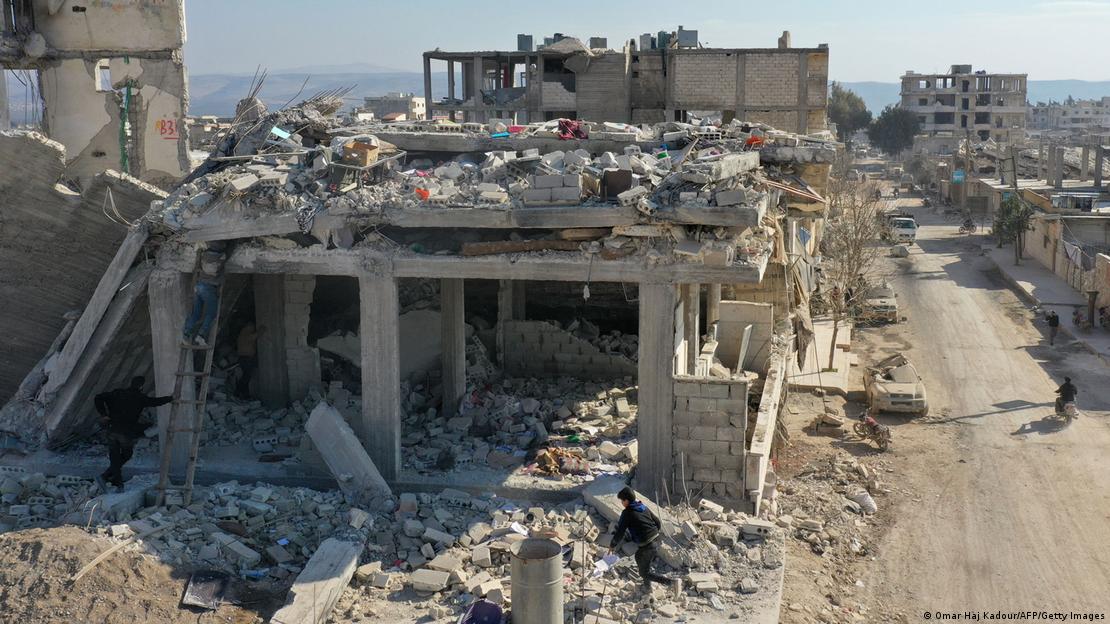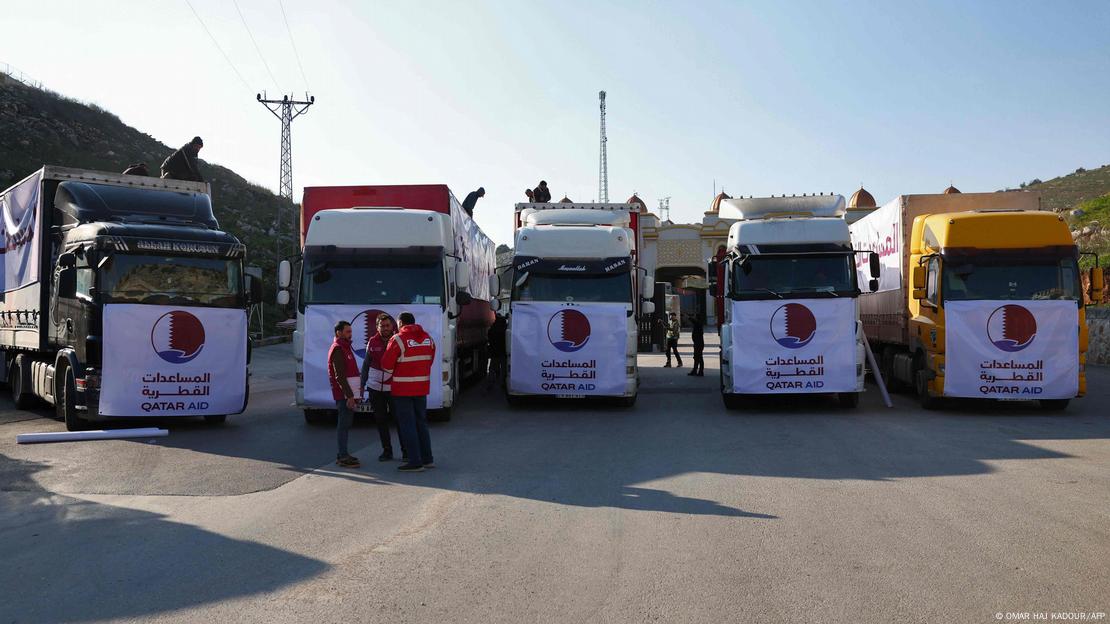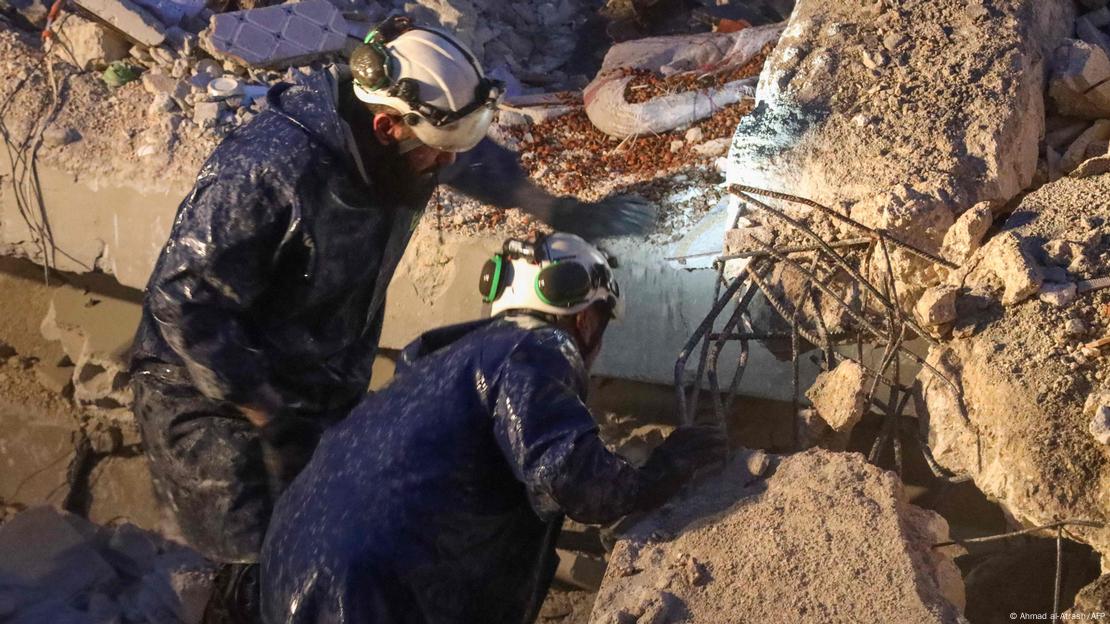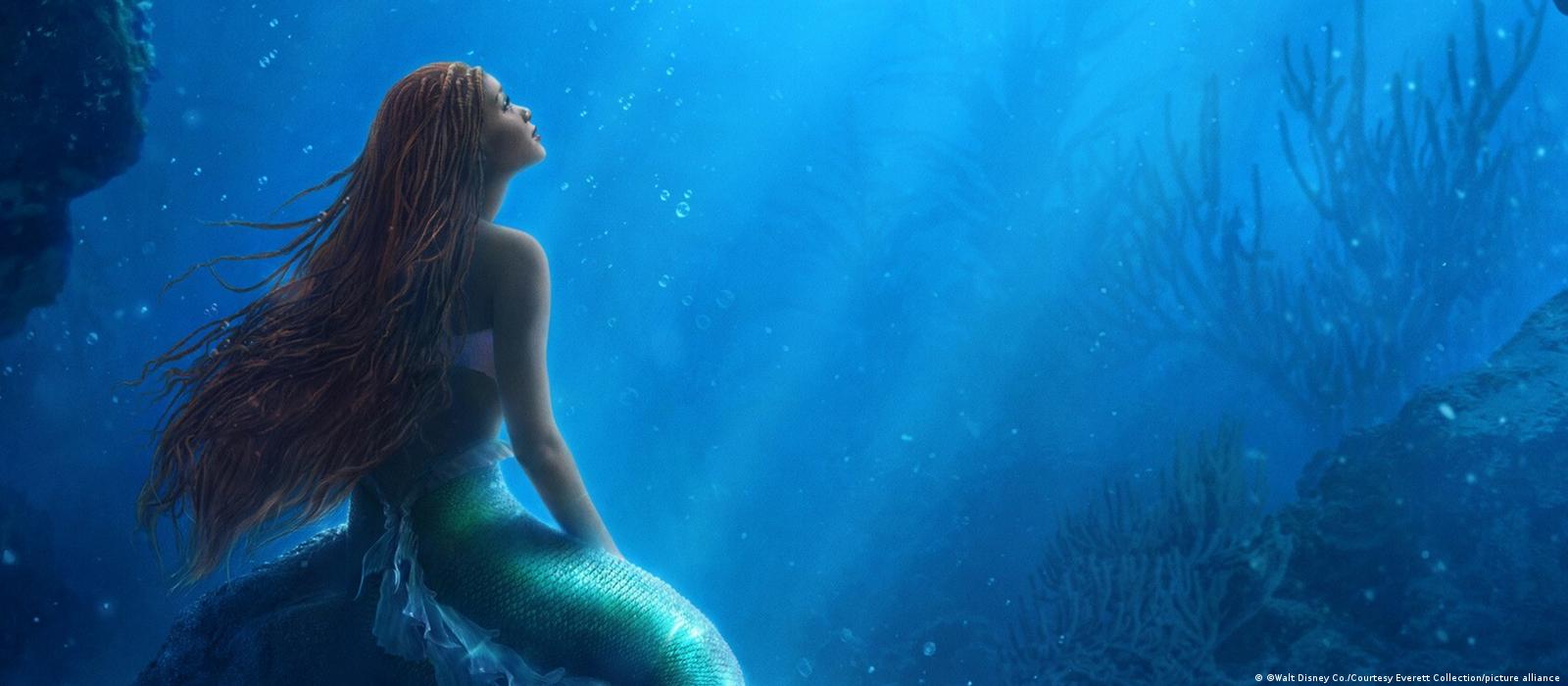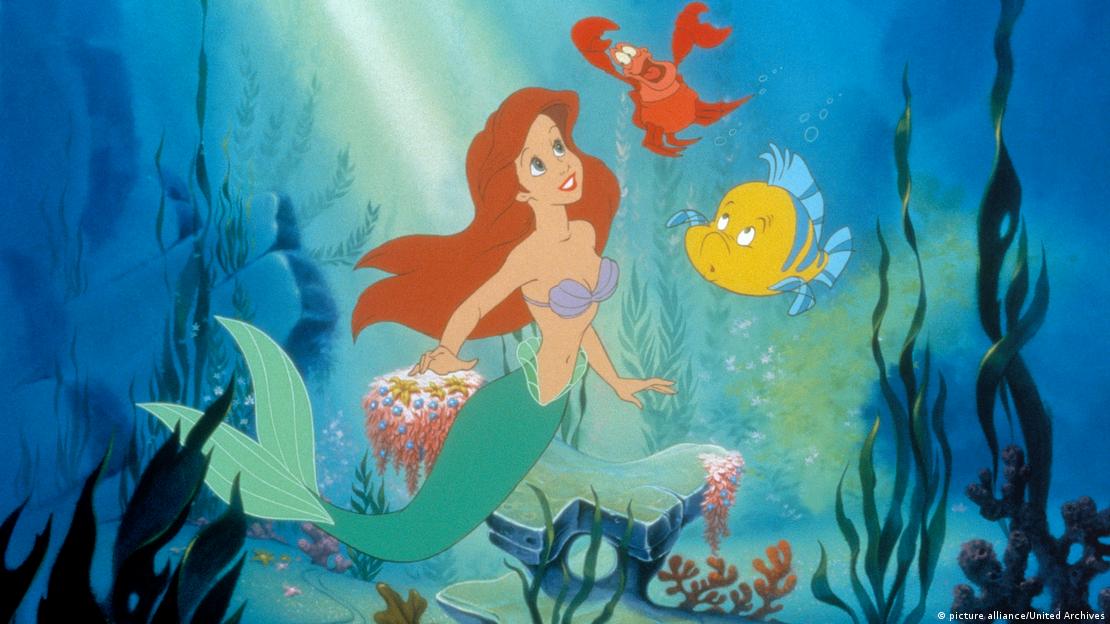Ulukaya made waves in 2019, when he delivered a TED Talk called “The Anti-CEO Playbook.” As part of the presentation, he said the notion that businesses exist to maximize profits for shareholders was the dumbest idea he’d ever heard.
It’s not just talk. In recent years, as Chobani has expanded with new products like oat milk and cold-brew coffee, Ulukaya has granted his more than 2,000 employees shares worth up to 10% of the company’s value, while also donating millions of products to fight food insecurity in the U.S.
TIME spoke to Ulukaya last week about his recent relief efforts—and how they fit with his vision of a modern CEO and a thriving company.
I know you’re currently working to help earthquake survivors in Syria and Turkey. Tell me more about how you’ve gone about that, as a CEO.
Well, in 1992, an earthquake happened in the city in Turkey that I am from, Erzincan, and I have seen first-hand its very dramatic effects on people’s lives. With this recent earthquake, you know that people are going to mobilize themselves and help whichever way they can. That reflex has affected me as well. I immediately thought, what can I do? It’s wintertime, it’s cold, and the buildings are collapsed. Some people are outside. What’s life going to be like? One of the first things that you heard, which I’m so proud of, is the message from White House that they will start sending help. And then the next day, I was in Washington and spoke to a few people and I went to the Turkish embassy. My immediate reflex was, can I mobilize the business community to start sending help? When you’re abroad, the best thing you can do is send monetary help. Sending goods from here is sometimes not as effective. So, with TPF—Turkish Philanthropy Funds—we began reaching out to organizations in Turkey, doing the groundwork, doing the fieldwork. And that set-up really was perfect. Also, we started to reach out to my friends. That’s going well, reaching out to businesses, CEOs that I know, and organizations, and making sure that we help people in Turkey and Syria as they’re going through this devastation.
You’ve done this sort of thing successfully in the past, like during the 2021 refugee crisis that followed the U.S. withdrawal from Afghanistan. Tell me about that process.
In the early days of Chobani—I’m talking about 2008, 2009—I learned there were people who came and settled as refugees in Utica, [N.Y.], where I used to live, and they were having a hard time finding work. I said, “Okay, let’s start. I will get some training in the plants and get some translators.” This shouldn’t be so hard. For me these were not refugees working, they were people in the community. I’m hiring and I don’t want to separate out this population. People started creating this amazing environment in the plant. They started having interactions. This was a beautiful thing to see. They were refugees who left everything behind, lost a lot and came to a new community. But they hadn’t found their new life yet. And then, if you ask me, the minute they get the job, that’s the minute they stop being a refugee. That’s the minute they start living their life, providing for their family. You look at it as, “Well, it’s good for them.” But what it does to the society, community, and especially to the company is mind-blowing.
I went to the United Nations Refugee Agency in Geneva, reached out to a couple of other organizations and realized that the business community has been absent from this topic—one of the biggest humanitarian crises we are facing. I said, “What if, from Chobani’s experience, I can ask other companies to join us? So, in 2016, I launched the Tent Partnership for Refugees, which mobilizes companies to hire, train, and advocate for refugees. I got some pushback and some laughter, but that’s fine. And when the Afghan refugees started arriving, we immediately reached out to our business community and had over 50 companies committing over 20,000 jobs within a few months. We followed-up and it’s beautiful to see most of those companies exceeded their commitments. Today, we have over 300 companies. I’m really proud to see what has been done. We did it in Canada, we did it in Columbia, in the U.S., and in Europe. We’re talking about companies like Hilton and Pfizer, Pepsi, Airbnb, and other companies. I’m going to London next week for Ukrainian refugees. Companies are convinced that this is the most amazing thing to do because they now have stories on the productivity and commitment of the refugee community and how it helped their business. It also has an enormous amount of support from the consumer side. So, it’s win, win, win, in all dimensions. We begin to see that maybe we can make a dent in this massive humanitarian crisis.
How do you go about getting other companies to mobilize? Is it difficult? Are you personally calling other CEOs?
I reach out personally sometimes, and sometimes the team does, and sometimes others reach out to us. From my experience, I know that when they hear the news, there are conversations happening at the C-suite level. Should we get involved, or not? How can we help? Most of the companies I know have that reflex. Trust is extremely important. They have to know that whatever they donate actually goes to people or actually does the work. You create that channel and say, “I trust this, I’ve been part of this work and they do a good job.” If it’s in the U.S., it’s easier to find credible organizations to be partnered with.
You’ve given over $2 million in personal donations to help with relief efforts in Turkey and Syria. Clearly, philanthropy is important to you. Does it inform who you are as a leader?
Sure. I don’t come from a background of business. I’m from the Eastern part of Turkey; I’m a Kurd. I come from a farming background. I never thought I would be a CEO or starting a company. In my early days, I didn’t even like this field. But living in upstate New York, starting a company, seeing firsthand the power of business, how we can make a dramatic change in people’s lives, even faster and more sustainable than sometimes government and other organizations. When I saw that side of things, I fell in love. And then money becomes this tool, a powerful tool. I say, “This is our operating system.” And today we are over $2 billion in sales with over 2,000 people. We don’t know how to operate any other way. So this social side of us—to be mindful of being impactful in our communities and societies—is really what drives us every day. If you take that out for any reason, we wouldn’t be as successful as we are today.
Chobani had scheduled an initial public offering for sometime this year but canceled the plan due to stock market volatility. Do you still plan to go public sometime soon?
We have no pressure or any other outside reasons to do an IPO. We’d only do it for reasons of opportunities and growth and when the time is right for us. That gives us an enormous amount of comfort and freedom to do what is right for Chobani. Since we started this company, I have never viewed it as lasting a short time. We wanted to build a company that can grow. We’ve been so disciplined in that effort. The field of food is probably one of the hardest sectors, especially in the U.S. market. It’s owned by a handful of large food companies and to play in that field you have to have certain structures. You need a lot of capital. We are very patient to keep our independence so we can do what we promise, which is making delicious food and making it accessible for the larger population. An IPO is one of those steps.
I am proud of our record. Last year, we grew almost 30% and half of it is coming from volume—and with two innovative products we have launched, creamers and oatmeal. But the background of that is two years investing in our plants, creating the products, focusing on fundamentals. These are not accidents. We have capabilities to compete and lead compared to all the large food companies, while maintaining this entrepreneurial attitude. We believe that we are in a really historic position and if an IPO is going to accelerate that, we will definitely consider it, but that’s not the only option.
Do you think it’ll be difficult to continue being an “anti-CEO,” who engages in a lot of humanitarian and philanthropic efforts, once Chobani becomes a public company? Do you think the pressures of Wall Street will allow you to operate the company the way you do now?
Changing our purpose-driven mission would be the end of me and the end of Chobani. If you took that out, there is nothing left, really. Our success is related to that. For that reason, I would definitely not change. But also, as I mentioned in the Anti-CEO Playbook, that part of business, whether you like it or not, is what consumers expect. You look at the young generations. You look at the young talent. For them, the notion that the sole purpose of business is to make money is yesterday’s idea. It’s embedded into their DNA. They want to support and be part of the companies that are truly committed to making the world a better place.
You may have to teach Wall Street and your new investors that your way of leading and giving back is part of what makes the company unique and helps it grow.
Last year, I had conversations with the financial community. I think the view is, if a company authentically operates this way, it can be a huge driver of success. The second dimension is that the consumer is extremely powerful. Smart young investors want to be successful and do well economically but they don’t want to give up how they affect humanity and community.
What do you think is the most important thing to remember as people try to help Turkey and Syria recover?
This is one of the worst crises that Turkey or the region has faced. No country can handle this alone. I think the international community and citizens reaching out is so beautiful to see. But my biggest message would be, this is a long-term rebuilding effort. These early days are extremely important, but the weeks and months and years to follow are extremely important as well. I’m asking everyone to not only help now but stay committed to rebuilding people’s lives. That would be beautiful.


